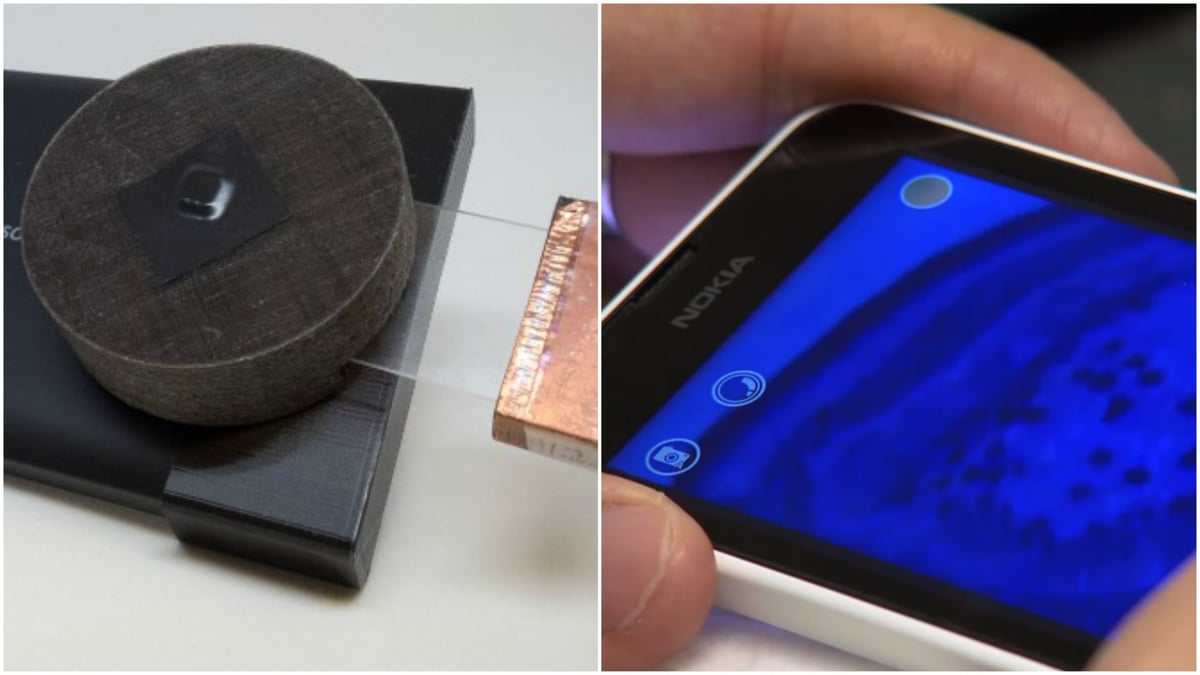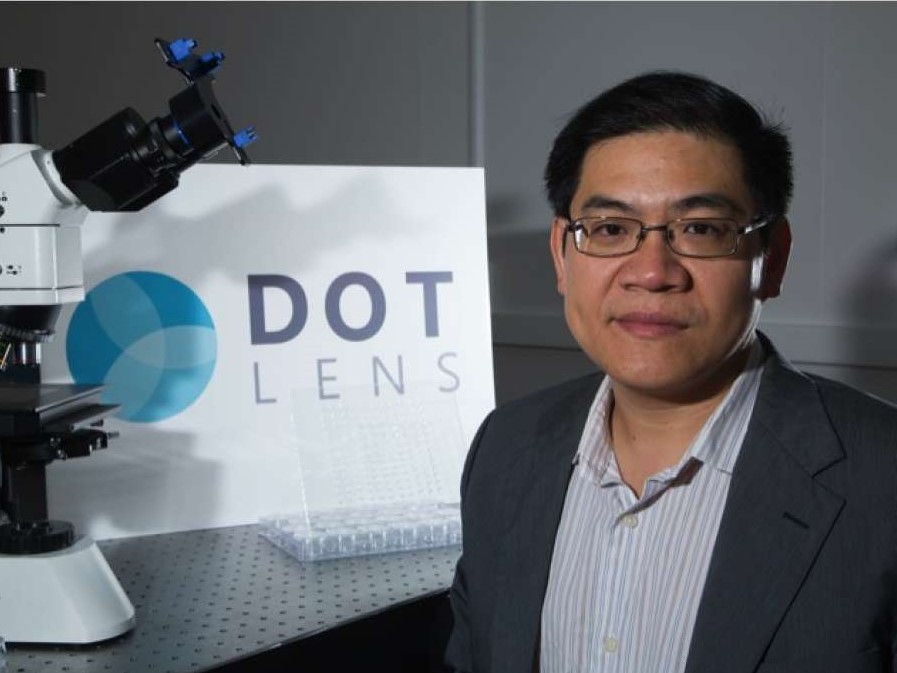Researchers at the University of Houston have developed a way for just about anyone to turn their smartphone’s camera into a microscope.
Just as important as making scientific advancements is making them accessible to the rest of the world.
Toward that end, a team of researchers at the University of Houston, led by Wei-Chuan Shih, associate professor of electrical and computer engineering, recently developed an apparatus that converts a smartphone’s camera into a microscope.
The set of instructions was released in late October. They describe how to assemble the pieces of the device, most of which can be 3D printed.
The basic idea is to attach a lens and an LED to a smartphone in such a way that a conventional glass slide can be examined through the camera.
And while a conventional microscope lights a sample from below, Shih’s smartphone microscope does so from the side. According to the professor, “that’s both less expensive and less complicated to operate.”
The lens in question is an inexpensive inkjet-printed elastomer lens, which was also developed by Shih and his team.

Let’s Make a Smartphone Microscope
Shih’s device employs a specific technology called fluorescence microscopy. According to him, the fluorescence microscope is the “workhorse” of biology and medical diagnostics. That’s because it’s able to detect matter in cells that other techniques simply can’t.
Now, thanks to his team’s work, anyone can take advantage of this powerful technology.
“We really hope anyone who wants to build it can,” he said. “All the pieces can be made with a 3D printer. It’s not something that belongs just to the lab.”
The work was partially funded by the National Science Foundation’s citizen science initiative, which encourages the accessibility and distribution of scientific knowledge and research.
Many potential applications exist for the smartphone microscope. One example is the ability to test rivers or streams for the presence of pathogens, a useful tool for any backpacker.
In general, however, the device is simply meant to get the microscope out of the lab, whether that means it’s used in rural areas or developing countries.
Shih looks forward to seeing the device used by people outside the scientific community:
“I feel more and more excited about seeing people adopt simple basic scientific gadgets,” he said. “We should make it as easy and accessible as possible for everyone.”
Interested in diving into the real technical details? Check out the results of Shih’s team’s work, published in Biomedical Optics Express.
Source: University of Houston

License: The text of "Researchers Turn Smartphone into a Microscope" by All3DP is licensed under a Creative Commons Attribution 4.0 International License.